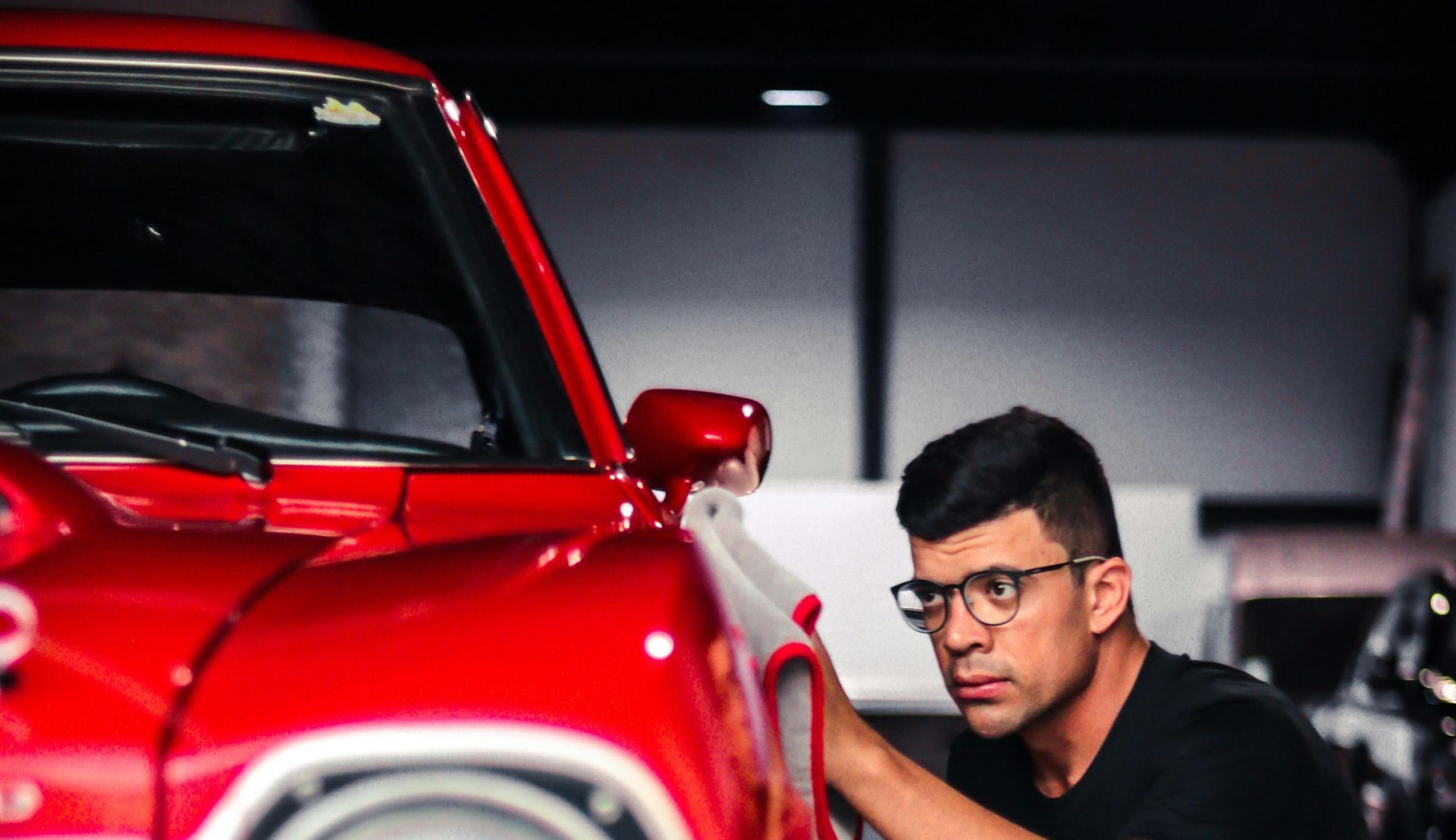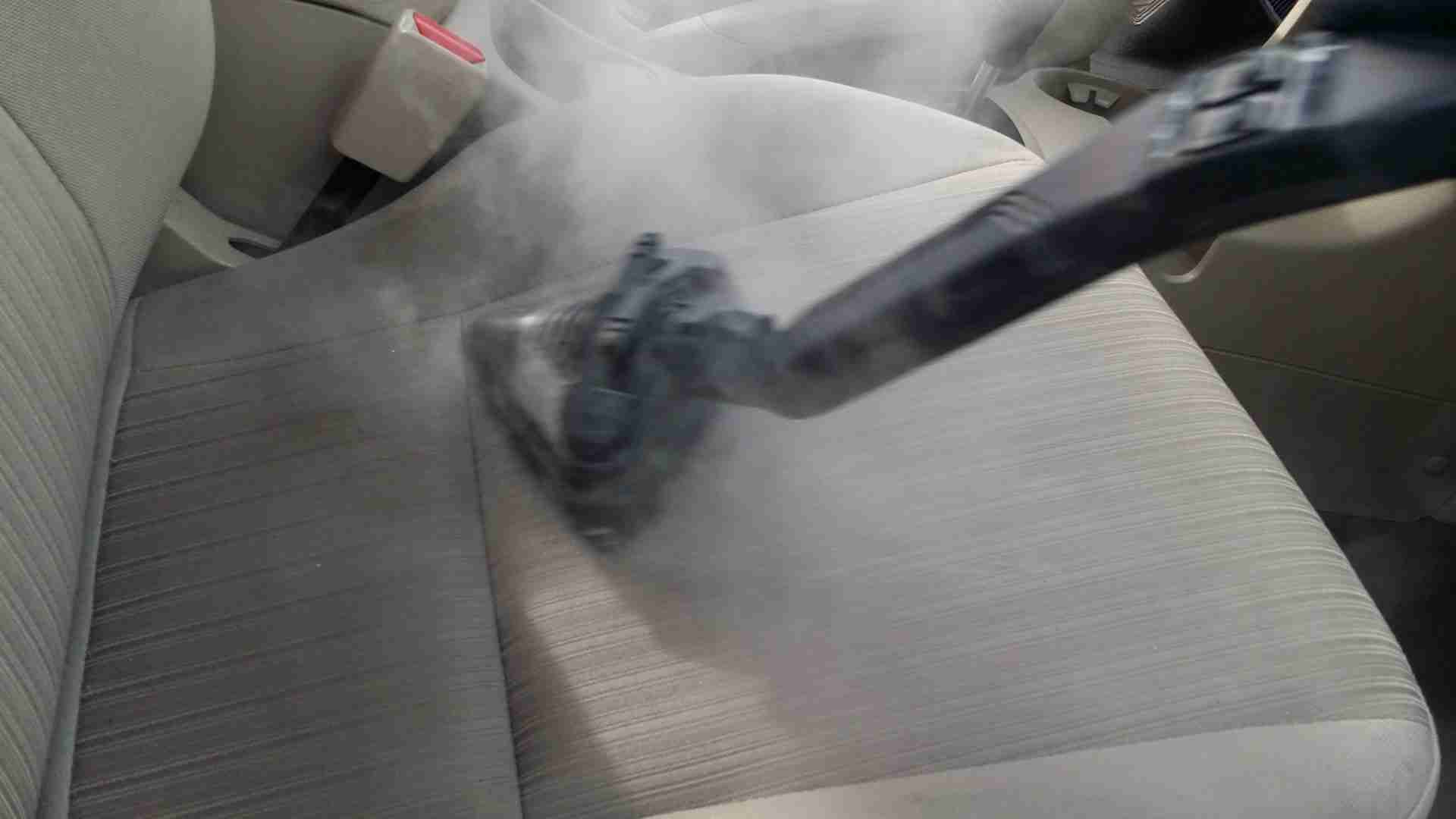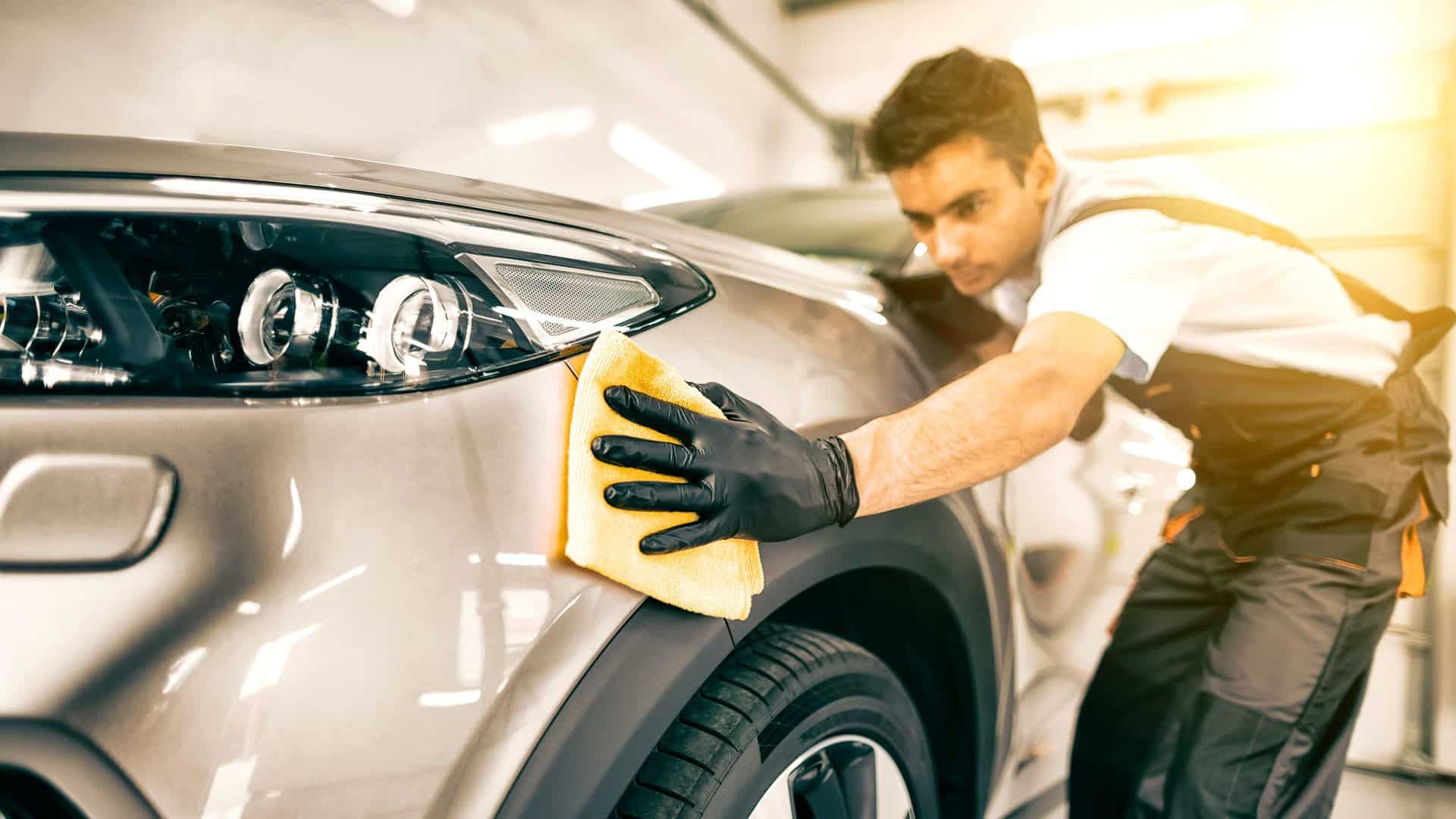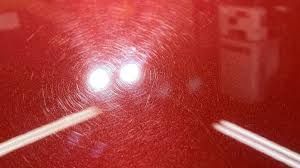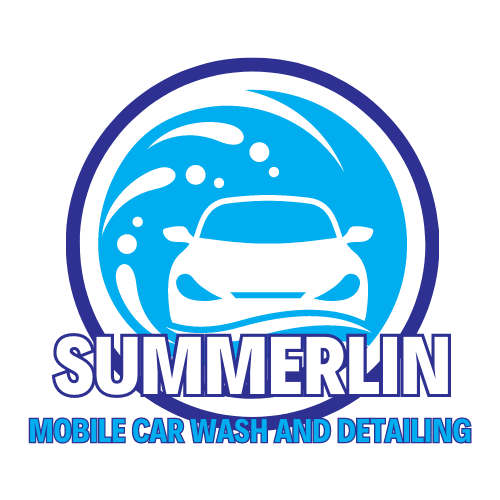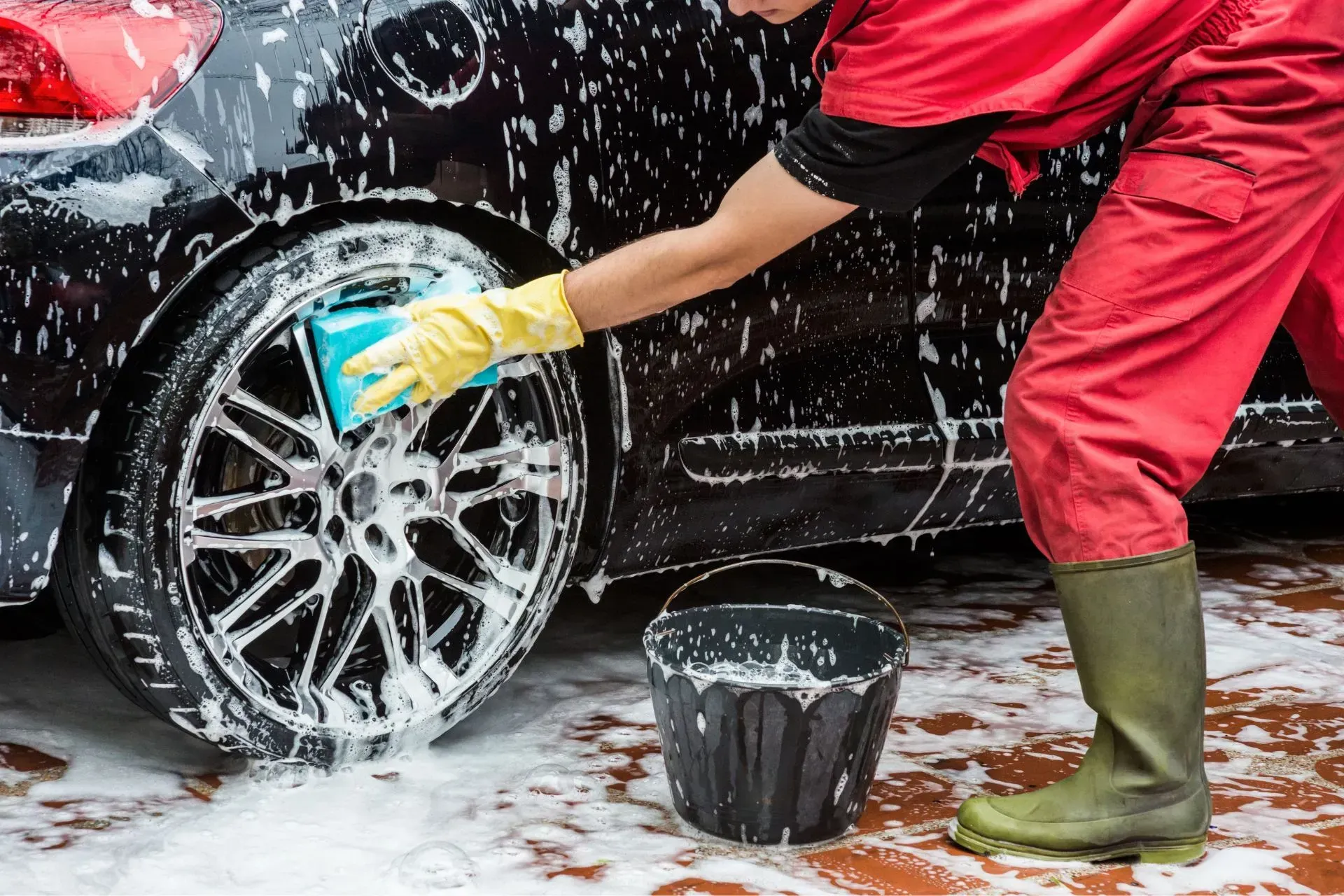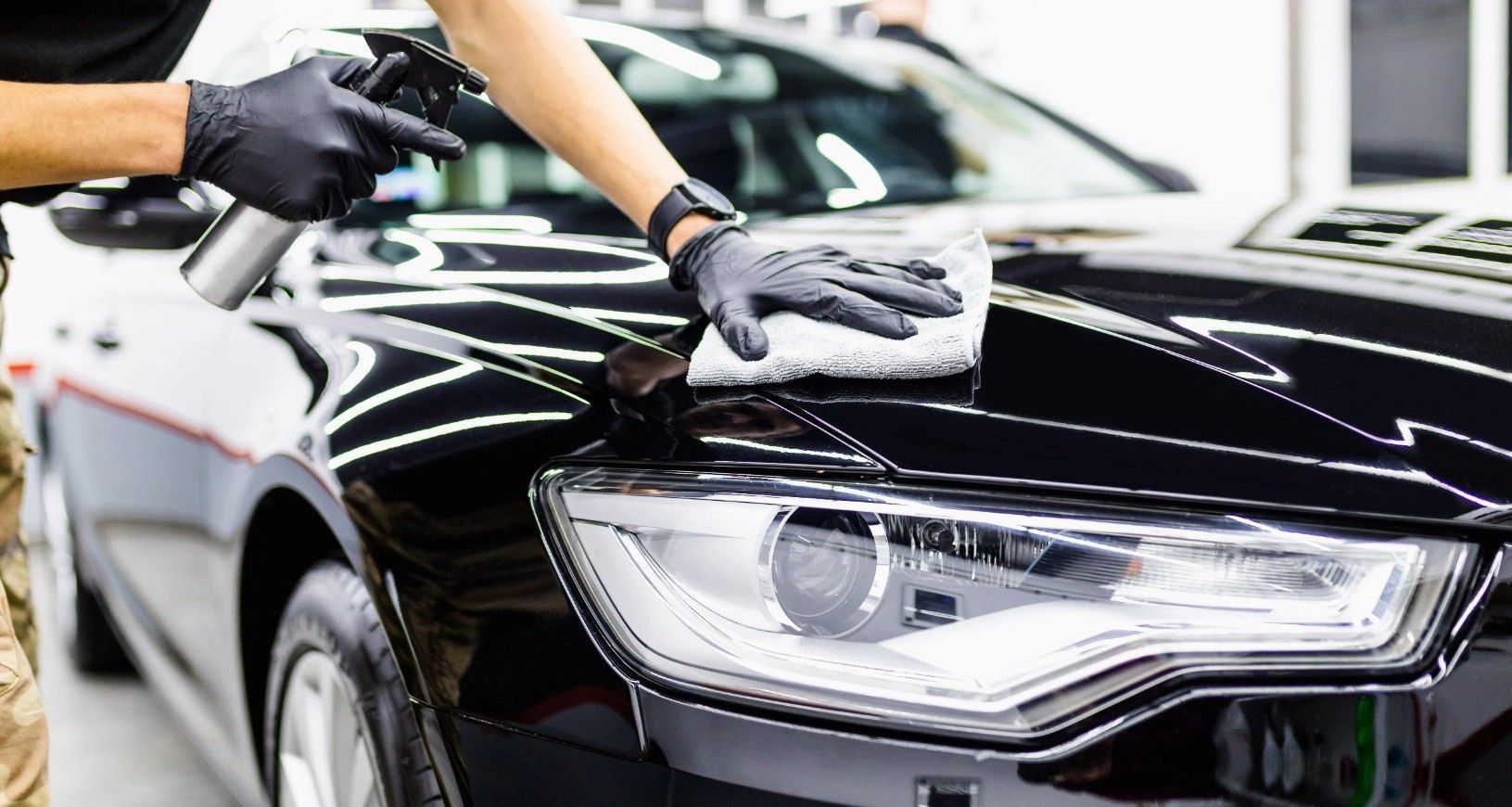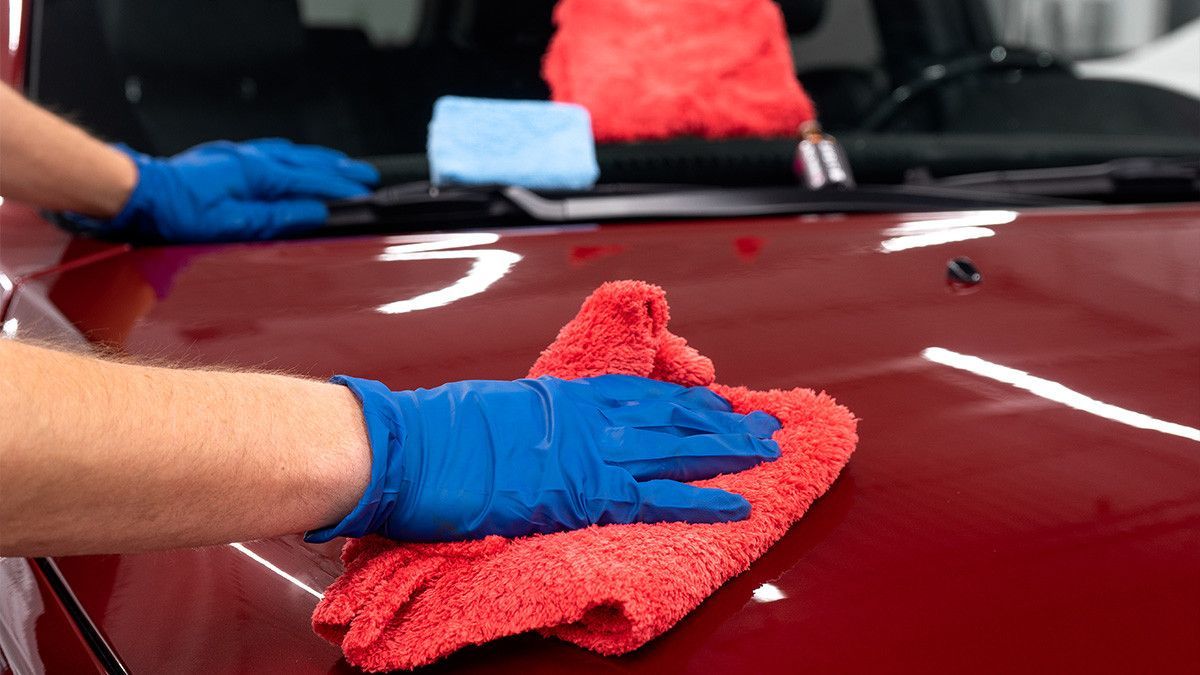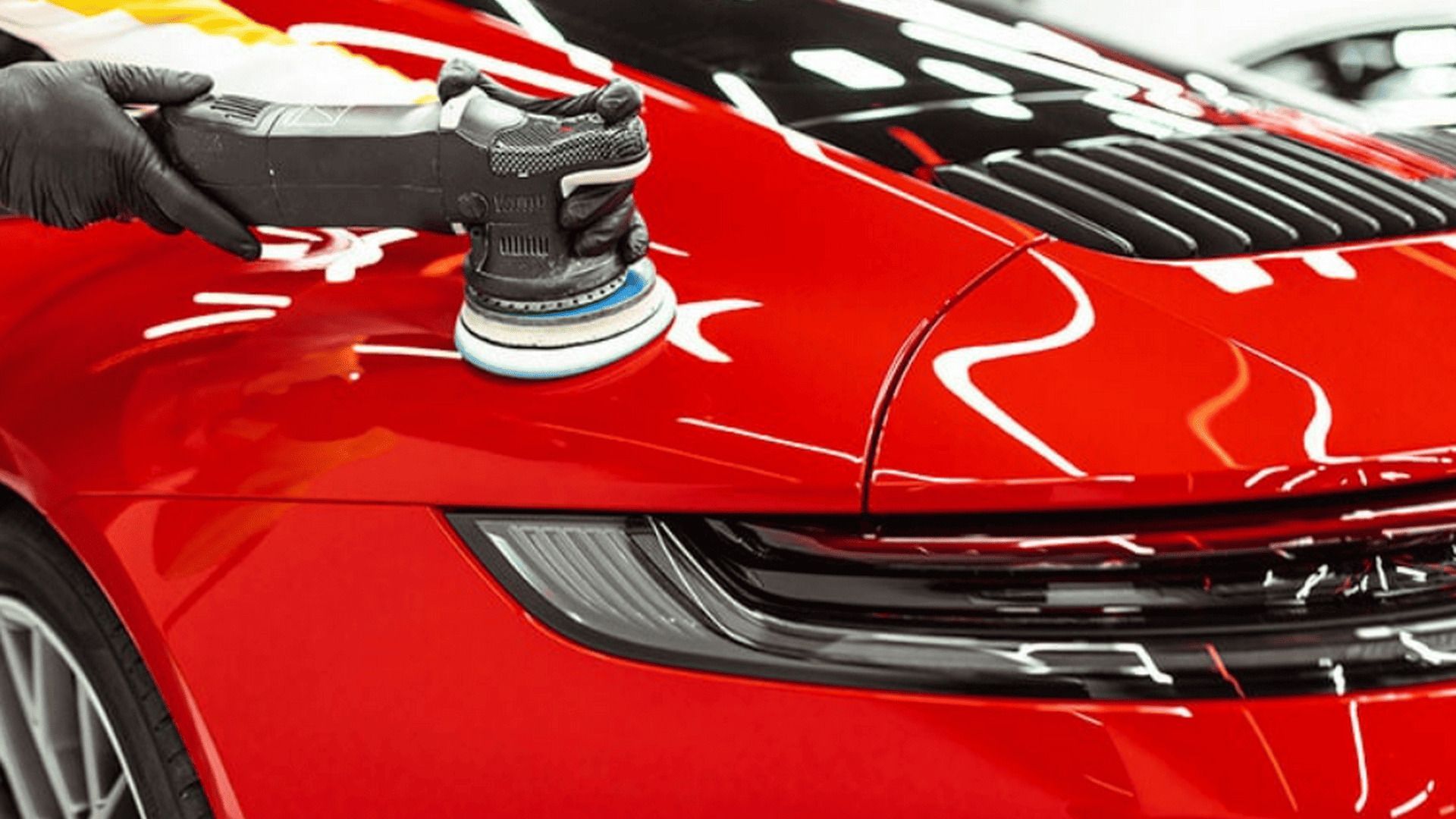Acid Rain vs. Your Car’s Clear Coat: Prevent the Damage Before It Starts
You’ve just spent time and money getting your car to shine, a mirror-like finish reflecting the sky. Then, the clouds roll in, a brief shower passes, and you think nothing of it. But the next morning, you notice it: faint, irregular spots that won’t wipe away. They seem etched into the surface. This isn’t just dried rainwater; it’s the calling card of a silent paint killer: acid rain.
For vehicle owners, especially in areas with industrial activity, acid rain is a persistent threat to the beauty and integrity of their car's finish. It’s a chemical assault that, left unchecked, can cause permanent damage, diminishing your car's value and aesthetic appeal. Here at LFL Mobile Car Wash of Summerlin Vegas, we've seen the devastating effects firsthand. This comprehensive guide will explain what acid rain is, how it damages your car's clear coat, and most importantly, how to prevent the damage before it starts.
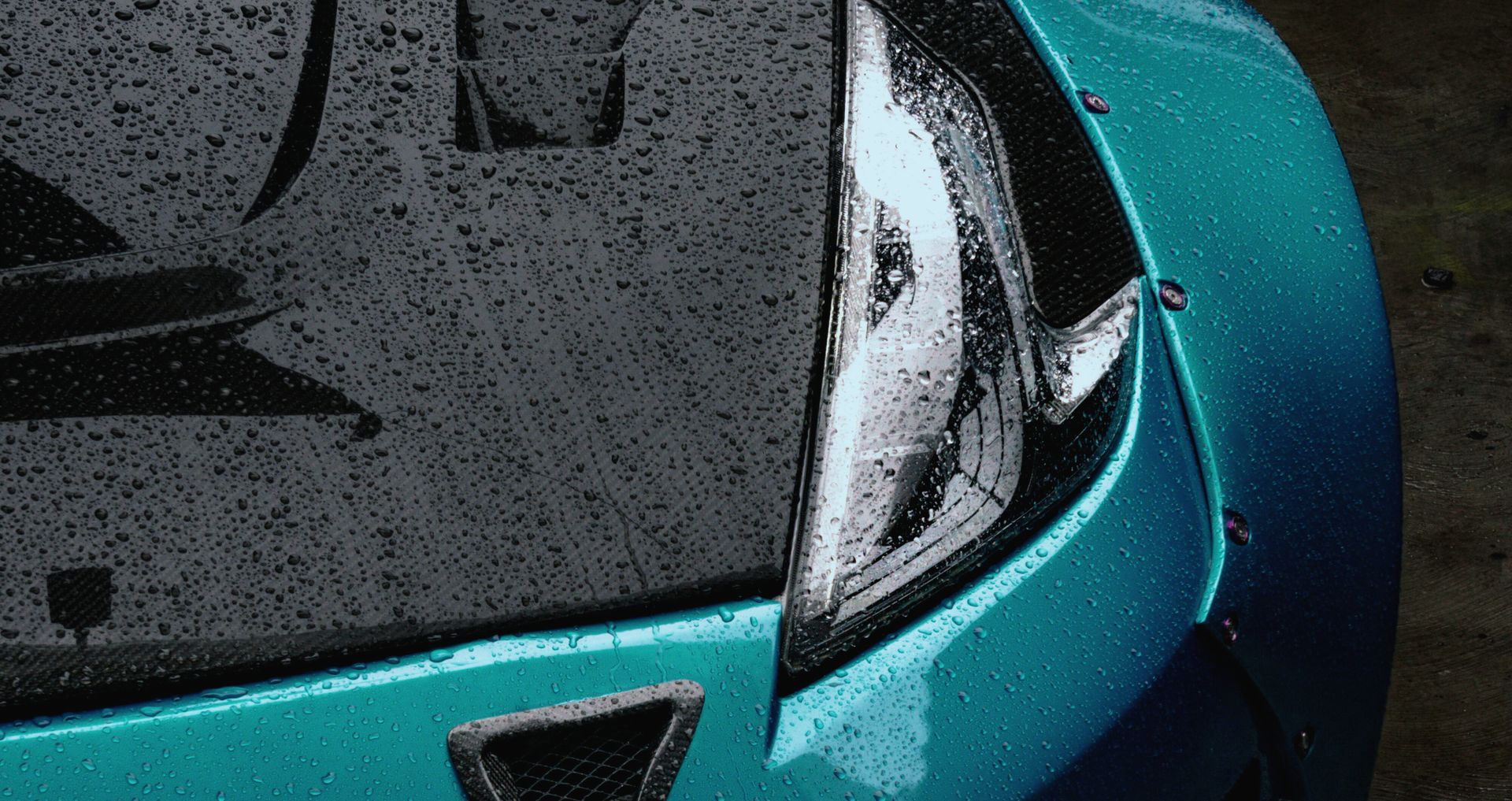
What Exactly Is Acid Rain? A Primer on Atmospheric Chemistry
To understand the threat, we first need to understand the enemy. The term "acid rain" refers to any form of precipitation—rain, snow, fog, or even dry dust—that contains high levels of nitric and sulfuric acids. It's not something out of a science fiction movie; it's a real-world consequence of air pollution.
The process begins when pollutants, primarily sulfur dioxide (SO₂) and nitrogen oxides (NOx), are released into the atmosphere. These emissions come from a variety of sources:
- Burning fossil fuels in power plants and industrial facilities.
- Exhaust from cars, trucks, and buses.
- Natural sources like volcanic eruptions.
Once in the atmosphere, these gases react with water, oxygen, and other chemicals to form sulfuric and nitric acids. These acids then mix with water droplets in clouds and fall to the earth as acid rain. While normal rain is slightly acidic (with a pH of about 5.6), acid rain can have a pH as low as 4.0, making it significantly more corrosive.
Understanding Your Car's Armor: The Anatomy of a Clear Coat
To appreciate how acid rain causes damage, it's crucial to understand what it's attacking. Modern automotive paint isn't a single layer of color; it's a multi-layered system designed for both beauty and durability.
- Primer: This is the first layer applied to the car's metal body. It helps the subsequent layers adhere properly and provides an initial layer of corrosion resistance.
- Base Coat (Color Coat): This layer contains the pigment that gives your car its specific color. It provides the visual appeal but has very little protective quality.
- Clear Coat: This is the uppermost, transparent layer. It's the frontline defender of your vehicle's paint. The clear coat is designed to protect the fragile base coat from environmental hazards like UV radiation, scratches, bird droppings, and, of course, acid rain. It also provides the deep, glossy shine we all admire.
The clear coat is the sacrificial barrier. When it fails, the color coat is exposed, leading to fading, discoloration, and eventual peeling, which can expose the metal to rust.
The Chemical Assault: How Acid Rain Destroys Paint
The damage from acid rain occurs in a subtle but destructive process. When a droplet of acid rain lands on your car, it's a diluted solution. The real danger begins as the water evaporates.
As the H₂O evaporates, the acidic compounds are left behind in a much more concentrated form. This concentrated acid sits on the clear coat and begins to chemically etch, or eat away at, the surface. This process creates microscopic craters in the finish. In the early stages, these may look like simple water spots, but they are, in fact, permanent indentations in the paint.
If left untreated, these etchings can deepen, penetrating through the clear coat entirely. Once the base coat is compromised, the damage accelerates rapidly, leading to discoloration and peeling. This is no longer a cosmetic issue; it's a structural failure of your vehicle's paint system, which is incredibly expensive to repair.
The Las Vegas Factor: Sun and Dust Supercharge the Damage
Living in the Las Vegas area presents a unique set of challenges. While we may not have as much rainfall as other regions, the intense sun and dry, dusty environment can dramatically worsen the effects of acid rain. When acidic residue is left on a car's surface, the powerful Nevada sun acts like an oven, baking the contaminants directly into the clear coat. This heat accelerates the chemical reaction, causing the acid to etch the paint much faster and deeper than it would in a cooler climate. Furthermore, airborne dust and sand can mix with any acidic moisture, creating an abrasive slurry that scratches the finish as it's wiped away. This makes professional and prompt cleaning, like the convenient services offered by our mobile car wash, not just a luxury but a necessity for paint preservation.
The Ultimate Defense: A Proactive Prevention Strategy
When it comes to acid rain, an ounce of prevention is worth a pound of cure—or in this case, a very expensive paint job. Protecting your clear coat is an ongoing process, not a one-time fix.
1. Immediate Action: The Power of a Good Wash
The single most effective way to prevent acid rain damage is to wash it off before it has time to evaporate and etch the paint. Wash your car regularly, and always try to wash it as soon as possible after it rains. Rinsing the car with clean water can neutralize and remove the harmful deposits. Using a pH-neutral car wash soap is essential to avoid stripping any existing protection.
2. Layering Up: Waxes, Sealants, and Ceramic Coatings
Washing removes the contaminants, but a protective layer provides a barrier against them in the first place. This is where waxes, sealants, and ceramic coatings come in. They create a hydrophobic (water-repelling) surface that encourages water to bead up and roll off, taking the acidic pollutants with it.
| Protection Type | Durability | Protection Level | Key Benefit |
|---|---|---|---|
| Carnauba Wax | 4-6 weeks | Good | Deep, warm gloss. Sacrificial barrier. |
| Paint Sealant | 4-6 months | Better | Synthetic polymer protection, longer-lasting. |
| Ceramic Coating | 2-5+ years | Best | Hard, semi-permanent chemical-resistant layer. |
At LFL Mobile Car Wash of Summerlin Vegas, we specialize in applying these protective layers, especially advanced ceramic coatings. A ceramic coating is a liquid polymer that chemically bonds with the vehicle's factory paint, creating a durable, rigid layer of protection. It's far more resistant to chemicals, UV rays, and etching than any wax or sealant, making it the ultimate defense against acid rain.
3. Shelter from the Storm: Smart Parking and Covering
The simplest defense is avoidance. Whenever possible, park your car in a garage or under a carport. This physically shields it from precipitation. If you lack covered parking, a high-quality, breathable car cover is an excellent alternative. It not only protects from rain but also from sun, dust, and bird droppings.
Damage Control: What If It's Already Too Late?
If you're already seeing the telltale signs of acid rain etching, don't panic. Depending on the severity, the damage may be correctable.
- Mild Etching: For very light spots, a process called paint decontamination using a clay bar, followed by a light polish, can often remove the marks by gently leveling the clear coat.
- Moderate Etching: If the etching is deeper, a more abrasive compound may be needed. This process, known as paint correction, removes a microscopic layer of the clear coat to create a new, flat surface. This requires skill and the right tools to avoid burning through the paint.
- Severe Etching: For deep craters that can be felt with a fingernail, wet sanding may be the only option. This is an aggressive technique that should only be performed by a seasoned professional detailer.
Attempting advanced paint correction without experience can quickly lead to irreversible damage. If you suspect your vehicle has acid rain damage, it's best to consult with professionals. Learn more about our commitment to quality vehicle care on our About Us page.
Conclusion: Your Car's Finish is Worth Protecting
Your vehicle is a significant investment, and its paint is the first thing people see. Acid rain is a silent but serious threat that can permanently mar its finish and reduce its value. By understanding the danger and taking proactive steps—regular washing, applying robust protection like a ceramic coating, and smart parking—you can shield your car from this environmental assault. Don't wait for the damage to appear. Protect your investment today and enjoy a flawless, glossy finish for years to come. If you have questions or need professional help, don't hesitate to contact us.
Frequently Asked Questions
How can I tell if the spots on my car are from acid rain or hard water?
Acid rain spots are often irregularly shaped and can feel like a slight indentation or crater in the paint when you run a fingernail over them. Hard water spots, caused by mineral deposits, typically look like white, chalky circles and sit on top of the paint surface. While both can be damaging, acid rain etching is a chemical burn into the clear coat itself.
Is a regular touchless car wash enough to prevent acid rain damage?
While any wash is better than no wash, automated touchless car washes can use harsh chemicals that strip waxes and sealants, reducing your car's protection. They also may not fully remove all acidic deposits. A proper hand wash with pH-neutral soap is the safest and most effective method for cleaning and preserving your paint and its protective coatings.
How often should I wax my car to protect it from acid rain?
For a traditional carnauba wax, you should reapply it every 4 to 6 weeks for optimal protection. A synthetic paint sealant offers longer durability, typically lasting 4 to 6 months. For the longest-lasting defense, a professionally installed ceramic coating can protect your vehicle for several years with proper maintenance.
Can acid rain damage my car's windows and chrome?
Yes, it can. The acidic deposits can etch glass, creating spots that are difficult to see through and hard to remove. It can also tarnish and pit chrome or polished aluminum trim over time. Keeping these surfaces clean and applying a glass sealant can help prevent this damage.
Is a ceramic coating a worthwhile investment for acid rain protection?
Absolutely. A ceramic coating is the single best form of long-term protection against acid rain and other environmental contaminants. Its extreme chemical resistance creates a barrier that acid cannot easily penetrate. The hydrophobic properties also mean water and contaminants are less likely to sit on the surface in the first place, significantly reducing the risk of etching.
